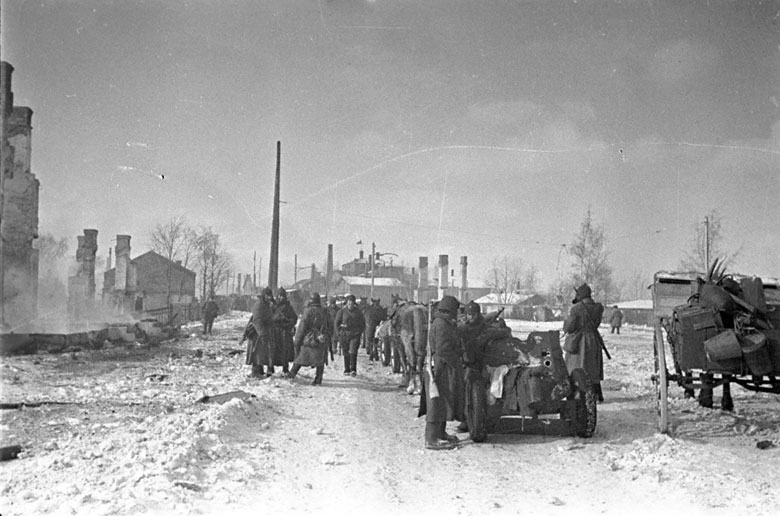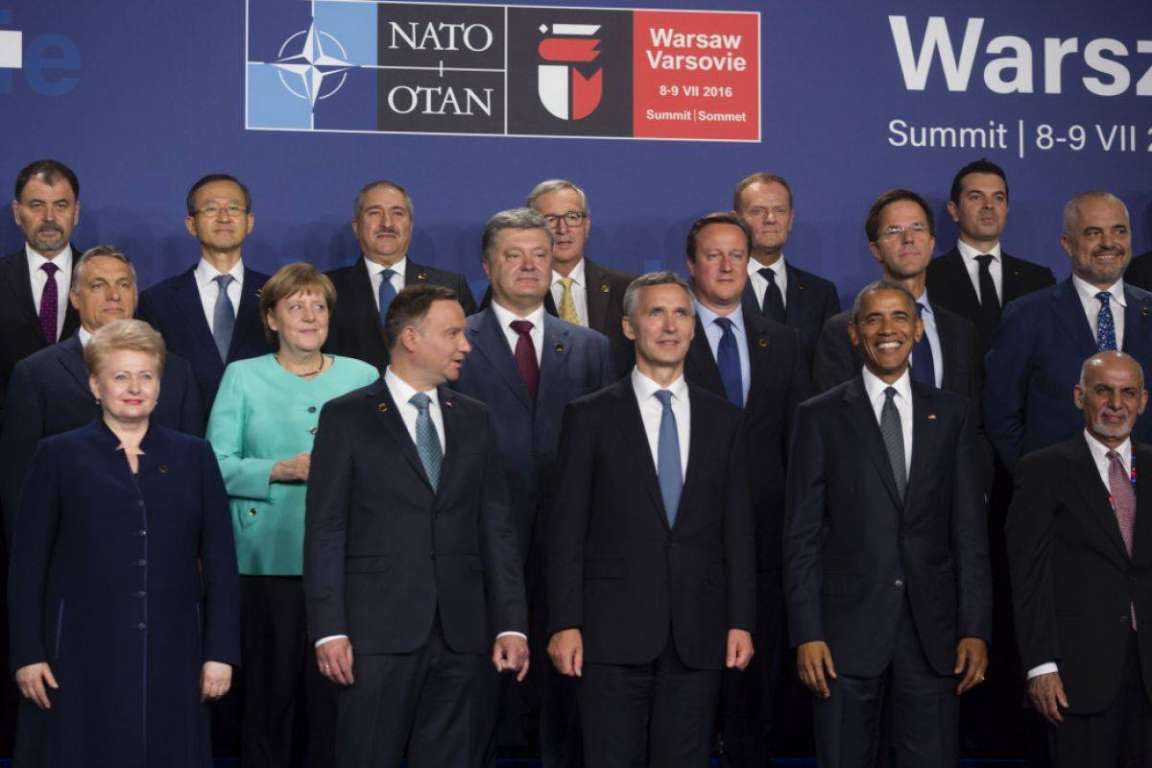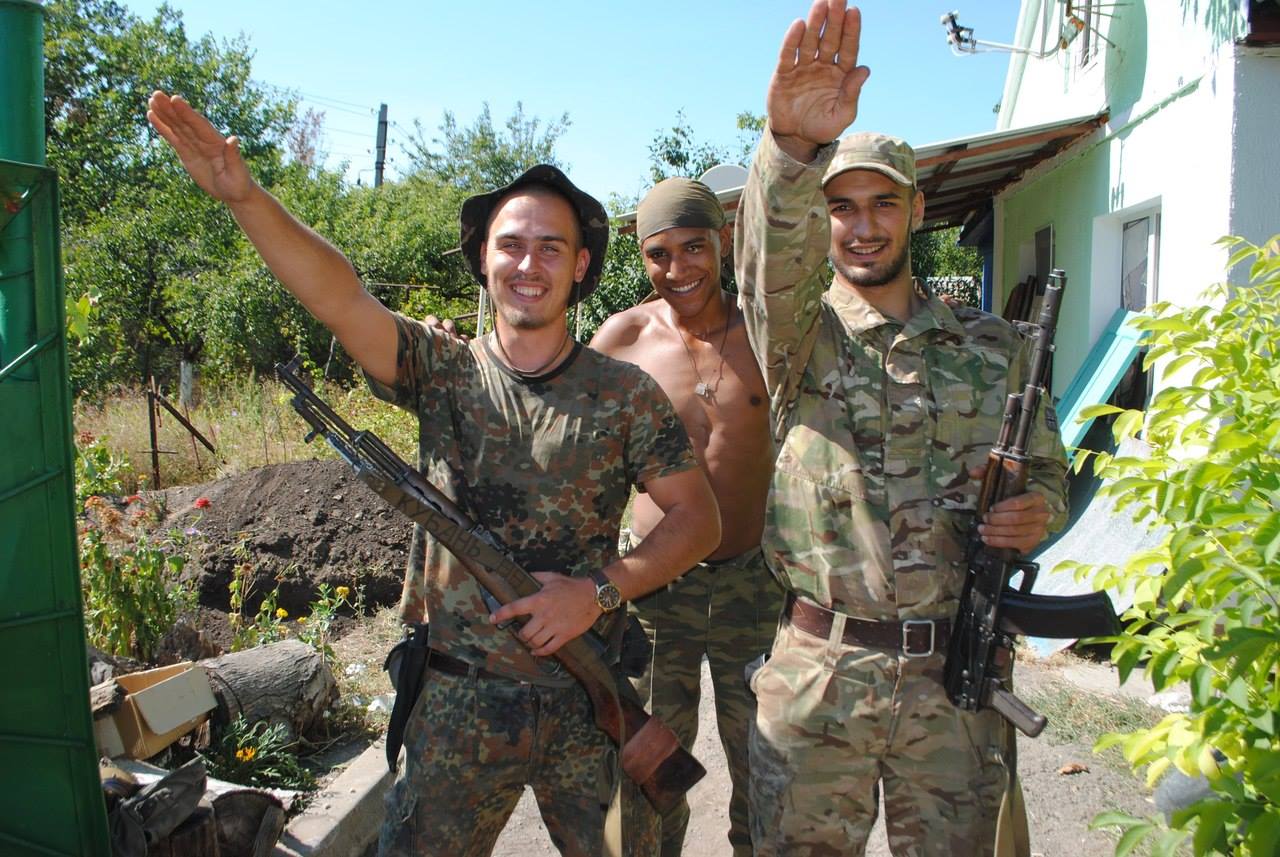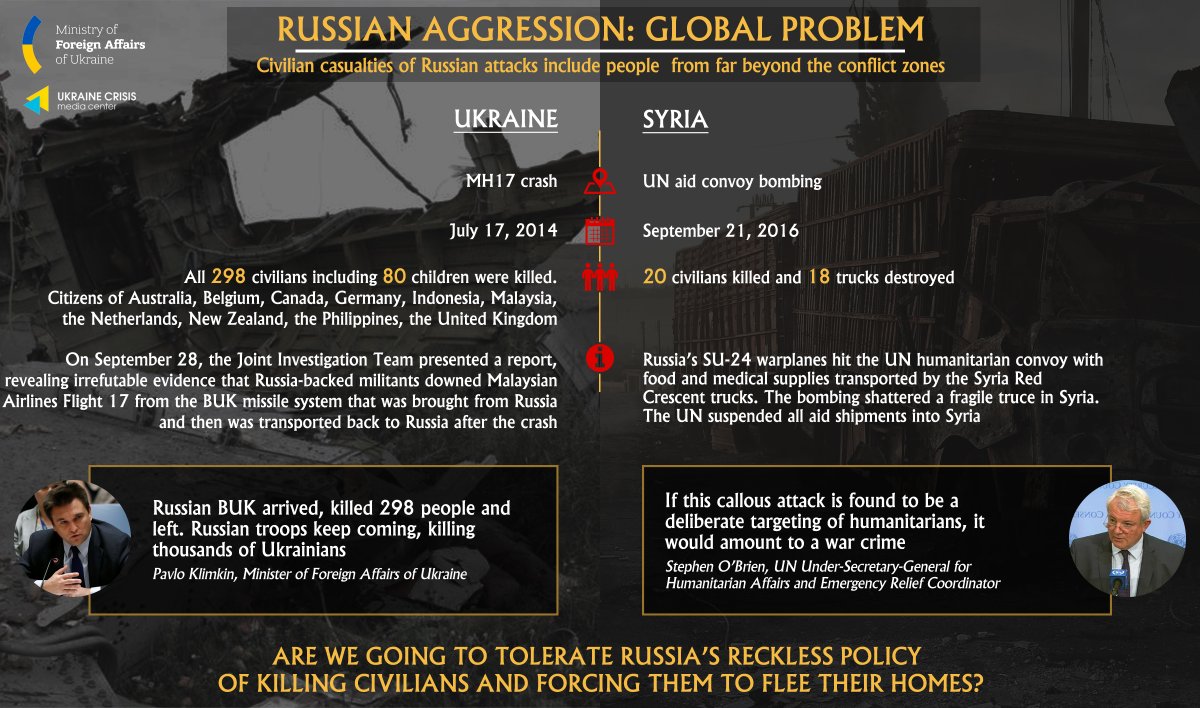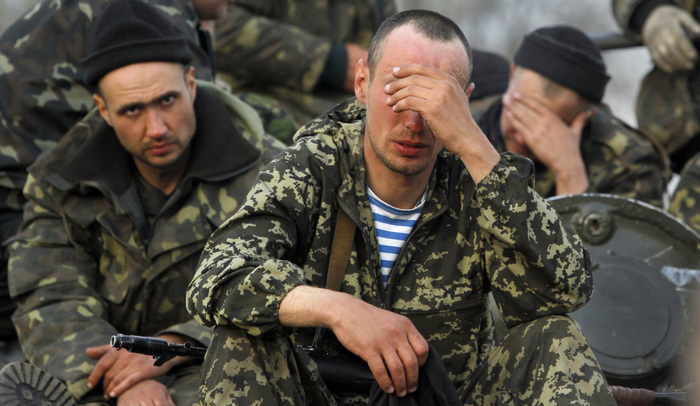One of the most important features of Moscow’s behavior but one that at the same time Western leaders typically fail to recognize and incorporate in their responses is that the Kremlin employs regularly employs the same strategy and tactics again and again albeit in new times and in new locations.
Indeed, it all too often seems to be the case that Russia’s relationship with the West is best captured by what was said of the Bourbons two centuries ago: the Russians have never forgotten anything that they have done before and the West has never learned anything from that all too obvious and heinous historical record.
That makes analyses which draw a parallel between what the Russian Empire and the Soviet Union did in the past with what Putin is doing now especially valuable because if the West recognizes the first steps of what is likely Moscow’s strategy, it will be in a far better position to counter it.
Avraam Shmulyevich, an Israeli analyst, provides just such an important insight in Tallinn’s Postimees newspaper, in which he suggests that the recent proclamation by Moscow’s agents in Ukraine of plans to create the state of Malorossiya has some disturbing parallels with Soviet actions against Finland in the Winter War of 1940
.
This is something that at least some Ukrainian officials understand, Shmulyevich says, because they recognize that “Russia has frequently used such a scheme in the past,” most prominently in the case of the Winter War. Now, he and they think, there is a strong possibility of another “Winter War” action but this time against Ukraine and in the summer.
In 1940, “Stalin declared that a communist uprising against ‘the Whites’ had occurred.” It then announced “the formation of ‘the Finnish Democratic Republic,’ headed by Finnish communist Otto Kukusinen.” This republic, like Malorossiya, was “proclaimed on Finnish territories occupied by Soviet forces.
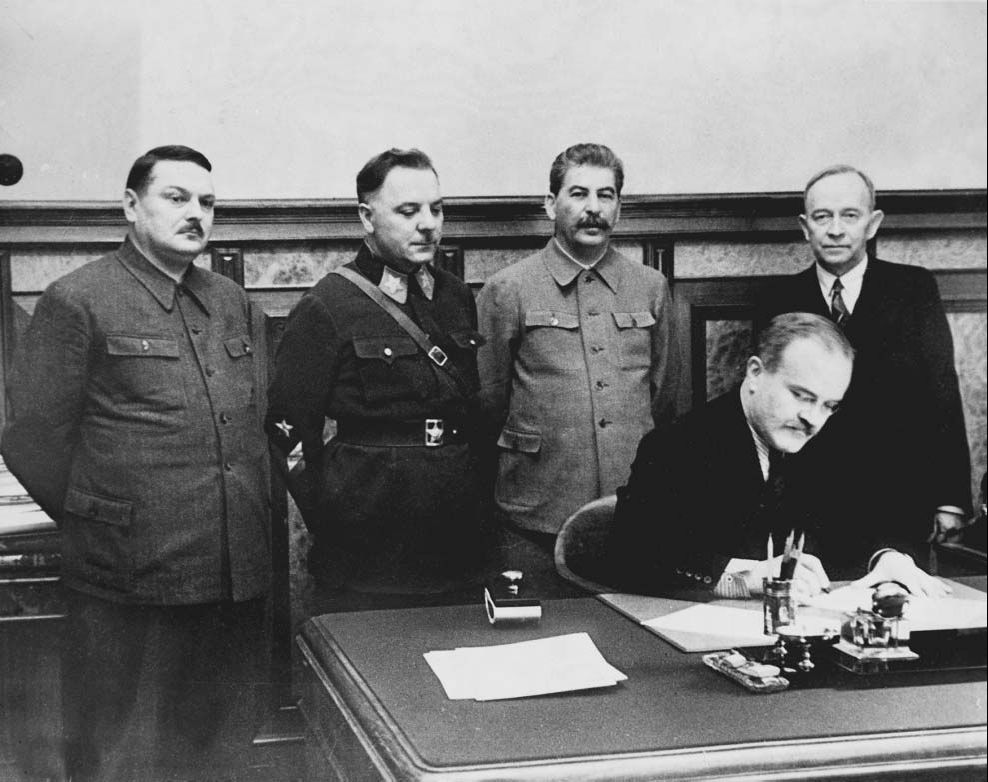
“The USSR recognized it and to assist ‘the Finnish brothers,’ the Red Army launched an attack along the entire front from the Gulf of Finland to the Barents Sea,” Shmulyevich reminds. Earlier, during the Russian Civil War, Moscow used a similar tactic against Ukraine and Georgia, ultimately incorporating them into the Soviet Union.
Now, “the Donetsk Army created by Moscow is again trying to liquidate the independence of Ukraine,” the Israeli analyst says. And “in exactly the same way.” And that must be a matter of concern because in all previous cases, “when Moscow applied this strategy, the West did not provide real military and even diplomatic help to the independent states which had become the victim of Russian aggression.”

“Three Russian divisions were recently brought up to [Ukraine’s] borders,” and the question arises: “What could stop Putin from a full-scale attack?” NATO countries “certainly do not want to intervene militarily. [And] even the answer to the question ‘Will NATO die for Narva?” up to now is not clear.”
But what is clear, Shmulyevich says, is that the Western alliance will not intervene on Ukraine’s behalf not least because Ukraine is not a member of NATO. Moreover, its forces are much reduced from two decades ago, and the alliance would need “a minimum of 14 to 18 days” to introduce forces. “By that time, Russian forces would reach the Dnipro.”

Consequently, he continues, “even if NATO would like to intervene, it would not be able to stop the advance of the Russians.” It might introduce more sanctions but that won’t frighten the Kremlin or stop the Russian advance. Given that Kyiv is only about 300 kilometers from the Russian border, such a strike could allow Moscow to install a comprador regime there.
“Putin – and he has said this himself – has an idée fixe about the restoration of the borders of the USSR,” just as “his idol Stalin had a dream about the restoration of the borders of the Russian Empire of 1914.” And thus “Malorossiya” should “disturb not only Ukrainians but all the neighbors of the Russian Federation.”

An article in the Moscow newspaper Vzglyad, Shmulyevich says, suggests what may be ahead and against which Ukrainians will have to fight with relatively few allies unless the scope of the danger is recognized in Western capitals and a more forceful policy is articulated and put in place.
In that article, ominously titled ‘Ukraine is Fated Again to Become Malorossiya
,’ the author says that “Russia is conducting a struggle for Ukraine not with the West … [but] with Kyiv. No one knows how much time it will take to transform Ukraine into Malorossiya – three years, five or even ten. But it inevitably will become Malorossiya and then part of a single Great Russia.”
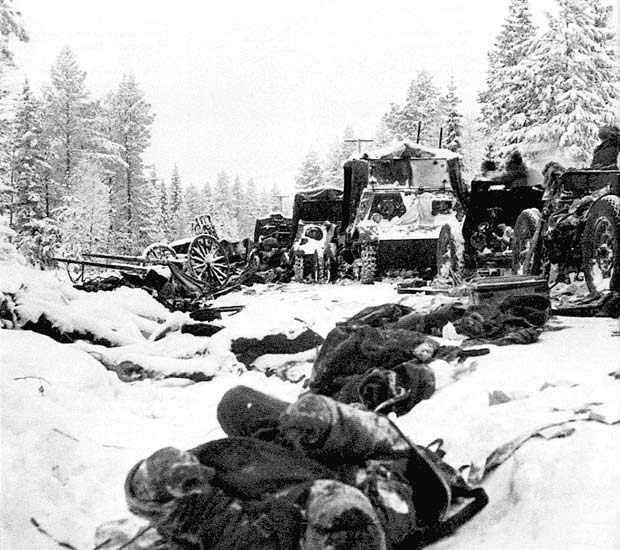
Shmulyevich notes “history warns that the essence of the Russian Empire hasn’t changed … Whether the proclamation of ‘Malorossiya’ will be the beginning of the realization of the tested old scenario of imperial expansion depends in the first instance on whether the states under threat … can mobilize and mobilize the support of the free world.”
In the first Winter War, the Finns supported by volunteers from Estonia and other countries fought the Soviet Union to a draw; in the second, Shmulyevich concludes, whose first “shots” have already been fired, the Ukrainians are likely to be forced to try to achieve the same outcome in the same way.
Related:
- When Ukrainians came to the aid of Finland against USSR — recalled and celebrated
- Putin on Ukraine repeats Molotov on Finland
- Moscow analyst: the Kremlin won’t accept Finlandization of Ukraine
- Finland: Russia’s use of military force “cannot be excluded”
- To annex Donbas, Moscow would have to destabilize Ukraine by attacking elsewhere, experts say
- Crimea drills can be the start of a real full-scale invasion of Ukraine – expert
- Russian forces on Belarusian border ready for 'full-scale proxy war,' Minsk expert says

